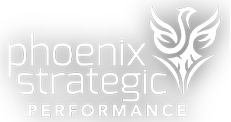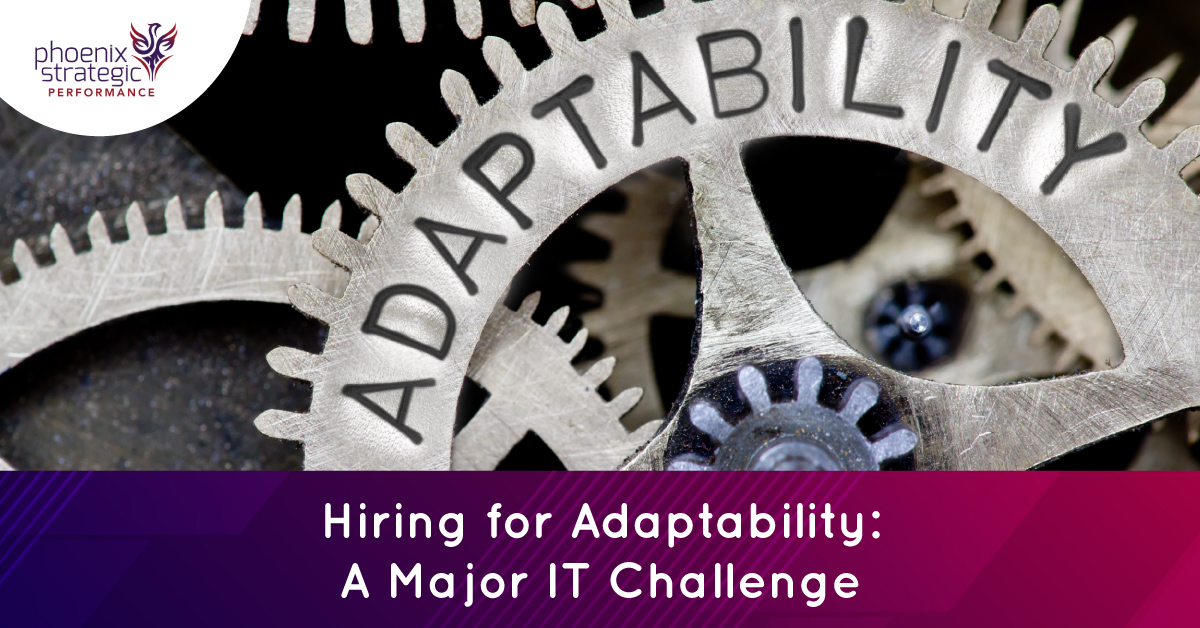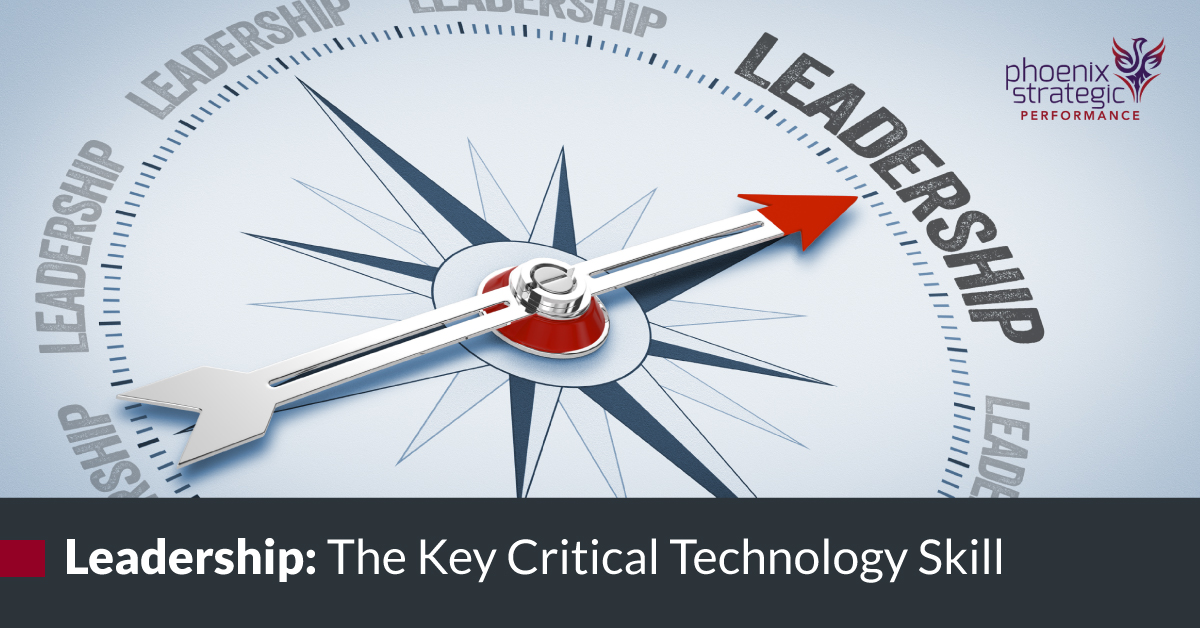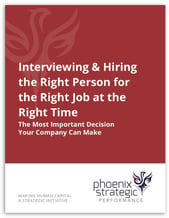What is Human Asset Management? If we say that people are our most important asset, we need to think about them as any other organizational asset, which is a good thing. We give considerable thought to capital equipment and perform a great deal of due diligence when we both purchase and maintain that capital equipment. Do we put that much effort into hiring and developing our human assets? Let’s compare and contrast a piece of capital equipment diligence relative to human asset management.
Here’s how companies often evaluate the decision to purchase and maintain a valued piece of capital equipment compared to how companies manage and retain human assets:













